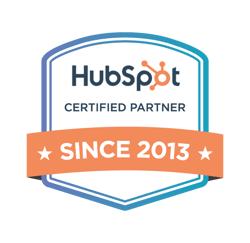Marketing automation is a game-changing tool for businesses looking to optimize their marketing strategy. By utilizing software to automate tasks, marketers can focus on creating high-quality content that engages their audience and drives conversions. With marketing automation, businesses can streamline their processes, making their marketing efforts more efficient and effective. By leveraging the power of automation, businesses can create personalized workflows that deliver targeted content to specific segments of their audience, ensuring that they receive the right message at the right time. Not only does this improve engagement and drive conversions, but it also helps businesses build stronger relationships with their customers by providing them with relevant and valuable content. Here are five steps to consider as you start your marketing automation program:
- Persona Content:
Look at each buyer persona that you previously identified to determine the content you already have that will engage with those personas and where they are in the buyer’s journey. Remember, buyer personas are representations of your ideal customers based on internal and external market research using real data about your existing customer base. By looking at your persona-related content, you will determine the content assets and emails you need to create to drive prospects through the decision-making process. Since you have already completed your content audit, this is the best way to start planning your marketing automation. At that point, you will take your existing content and create emails to align with your personas.
PRACTICAL APPLICATION:
For a professional services firm, when they have a senior-level individual in human resources enter their database, a series of emails are sent to them to deliver meaningful content to that senior-level prospect. This helps the prospect see the professional services firm’s many service offerings, which helps move the senior-level prospect through their decision-making process to schedule a consultation. Their marketing automation workflow sends the following:
- Email 1: eBook
- Email 2: Webinar Recording
- Email 3: Case Study
- Email 4: Invitation for a Consultation
- Email 5: Blog Content to Re-engage (if they have not yet scheduled a consultation)
- Timing of Your Emails:
It’s essential to get the timing of your content right. Make sure the timing of your emails aligns with the average timeframe a prospect will take to convert into a customer. For example, consider you have a 4-month conversion timeframe from when a prospect enters your database to when they close as a customer. You will want to align your workflows to match the 4-month timeframe so you are not sending too many emails too frequently, or conversely, not enough emails when they are in their consideration stage. Keep in mind that the timing of your emails may vary if people are joining your workflow after they have been in the database for a few months, but in general, this method is a good place to start. Also, with your marketing automation tool, be sure to monitor the engagement of your emails. You may want to shorten or lengthen the timeframe if you see that people are not engaging with a specific email. It’s always a learning process, and you want to review the data often to see what you can continue to optimize.
Once you defined your email timing, you can take your personalization a step further. Using Send Time Optimization, you can highly personalize the timing of your emails and marketing automation workflows. Send Time Optimization is the process of sending emails at the exact day and time that the prospect is going to engage with your email based on their previous engagement data. Remember, your marketing automation tool is tracking information about your prospects and customers. Your automation tool has a tremendous amount of data about when people engage with you. You can use that data to send emails at the exact time your prospect is most likely to open and click your email. For example, if I am most likely to open emails on Thursdays at 5 AM, but you are most likely to open emails on Mondays at 7 PM, your emails can actually be this highly personalized. When we implement Send Time Optimization for our clients, they see an average 15% increase in open rates and an 11% increase in click-through rates. - Exclusion from Your Workflows:
Workflow and marketing automation emails are not always appropriate for all your contacts. Always think through who should be receiving your emails and who should not, so you can segment your audience. For example, your customers should not be receiving prospect-related sales communications. And your prospects should not be receiving your customer-related newsletters. Determining who should be excluded from your workflows is just as important as considering who should be included. - Set a Goal:
A workflow should always have a goal. For B2B companies, a common goal is for a prospect to book an appointment, demo, or consultation with sales. At this point, the prospect would be given to the sales team. The marketing team would stop engagement while the sales team actively works with that prospect. In most automation platforms, you can set a “goal” that if a prospect who is enrolled in the workflow performs a specific action (i.e., replies to an email, requests a demo, or schedules a consultation), the prospect is removed from the workflow. It is essential to set these goals to track how impactful your automation is and make sure contacts are not receiving too many communications from both marketing and sales. - Analyze: Review your workflows every month. Look at your email open rates, click rates, how many prospects have met your goal, and how many prospects are enrolled in your workflows. If you see any of these numbers decline, look at your content assets to determine what may need to be adjusted, or consider updating the sending frequency for that particular email or overall workflow. It’s all about the data and continued optimization.
Here is an example of a workflow to visually see how the moving parts of marketing automation integrate. You can set if/then scenarios to move prospects through the workflow. For example, if someone doesn’t open an email, resend the email with a new subject line, send the prospect additional communications, set different properties in your database, alert your sales team regarding active prospects, and more. 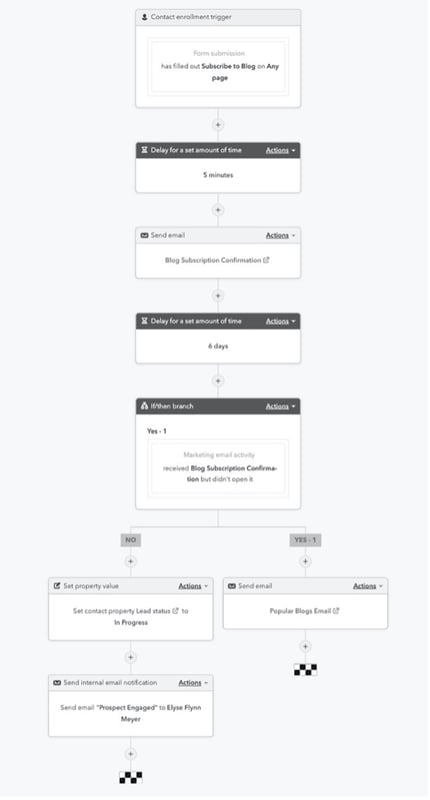
Email marketing and marketing automation are both non-negotiable parts of any inbound marketing strategy. Email marketing gives you a simple way to engage with your existing database of prospects who have virtually raised their hand to connect with you. Marketing automation gives you the power to improve efficiencies and streamline processes by delivering your great content to help prospects on their journey to become customers. When done correctly, email and marketing automation will engage your audience, provide reconversion opportunities, and generate engaged prospects for your sales pipeline.
Are you looking for ways to optimize your inbound strategy? The "book "Mastering Inbound Marketing: Your Complete Guide to Building a Results-Driven Inbound Strategy," written by Elyse Flynn Meyer, Owner & Founder of Prism Global Marketing Solutions, covers every aspect of the inbound marketing methodology, including the revenue generation trifecta of marketing, sales, and the customer experience. Check out the book to see how to most efficiently and effectively develop, implement, and maintain your inbound strategy.

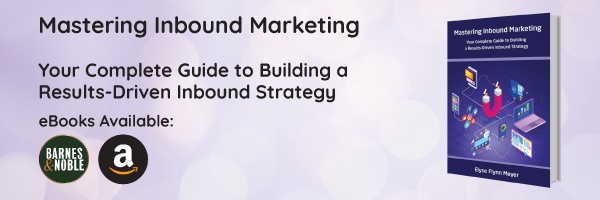
__Square.png?width=250&height=250&name=Marketing_Hub_(1)__Square.png)
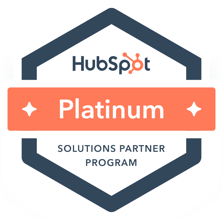
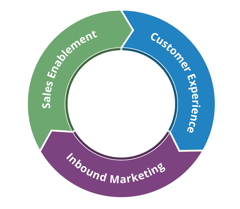


.png?width=250&name=diamond-badge-color%20(1).png)
